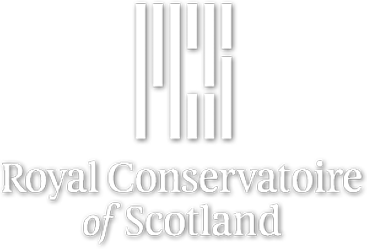Krekhts: for Great Highland Bagpipe and Orchestra
Research output: Performances, compositions and other non-textual forms › Performance
Contributors
About
Though written for the Great Highland Bagpipe, Krekhts is not a commentary on Scottish traditional music or Scottish piping. The piece is most immediately influenced by the wordless melodies of the Hasidim known as niggunim. These melodies are a very spiritual form of music, vocalized on nonsense syllables such as “buh- buh- bai” or “ai- ai- ai.” Sung with tremendous passion and devotion, niggunim are an essential component of the communal Hasidic celebration known as a tish, or “table.” According to tradition, niggunim are sung a cappella and accompanied solely by rhythmic table banging. When a niggun is sung, it is believed that the soul of the rabbi who created it appears in the room.
While all of the musical material in this piece is original, it is deeply influenced by the tradition and practice of niggunim as well as the traditions of the klezmorim. It follows that the bagpipe should be thought of as a voice in this piece, rather than an instrument.
Krekhts is Yiddish for “sob” or “weep.” It is also the name for the distinctive klezmer ornament that mimics a sudden choke in a vocal line, imitating a sobbing sound.
(Written by Annika Socolofsky)
While all of the musical material in this piece is original, it is deeply influenced by the tradition and practice of niggunim as well as the traditions of the klezmorim. It follows that the bagpipe should be thought of as a voice in this piece, rather than an instrument.
Krekhts is Yiddish for “sob” or “weep.” It is also the name for the distinctive klezmer ornament that mimics a sudden choke in a vocal line, imitating a sobbing sound.
(Written by Annika Socolofsky)
Details
| Original language | English |
|---|---|
| Publication status | Published or Performed - 9 Feb 2014 |
Author keywords
Keywords
- Bagpipe, Contemporary Classical
